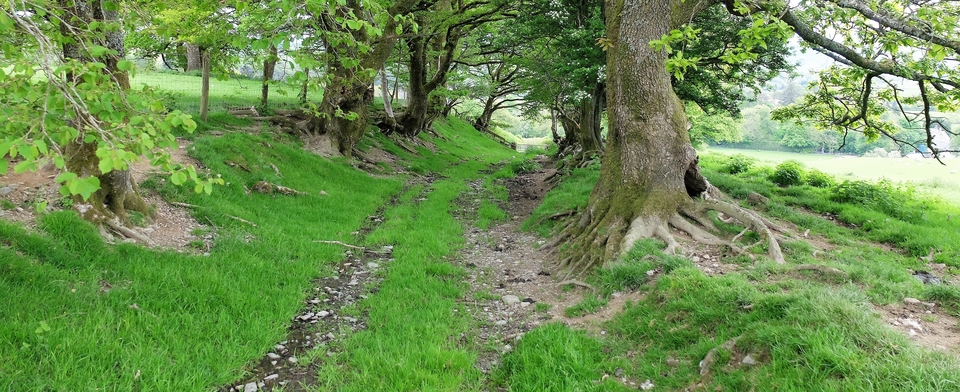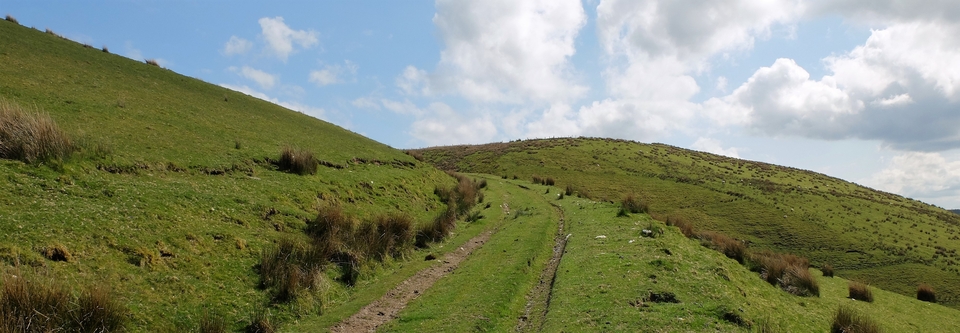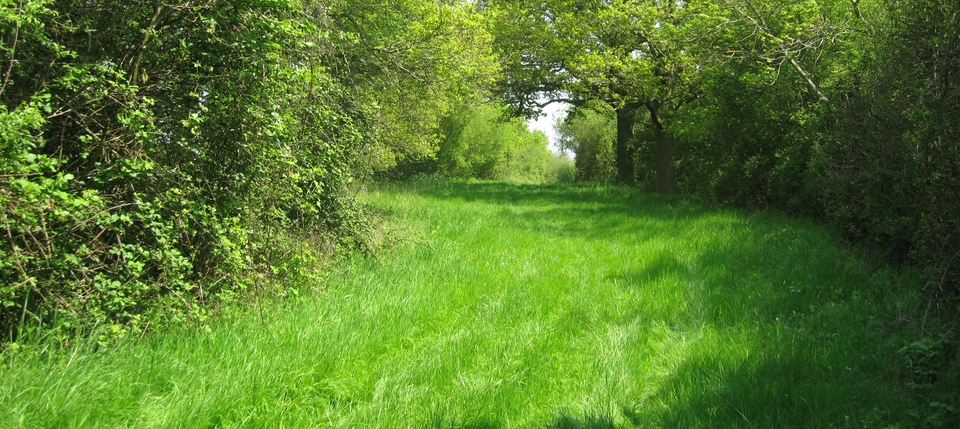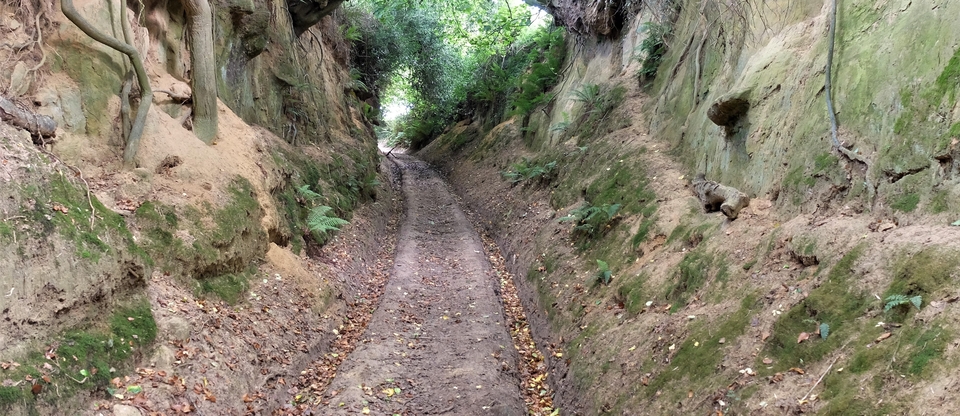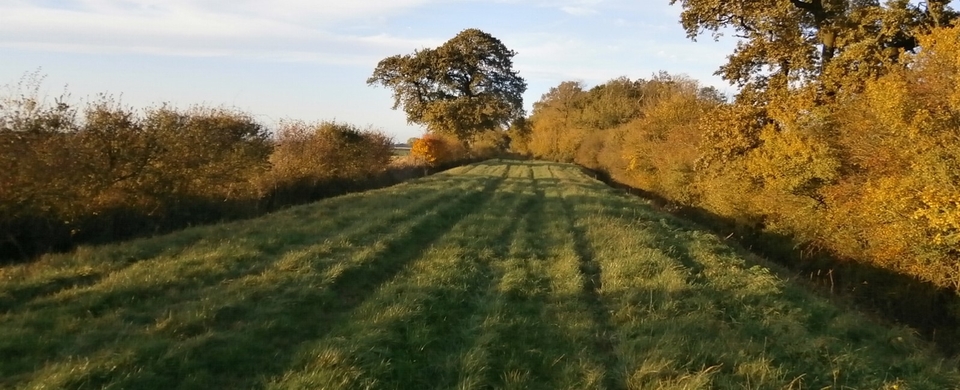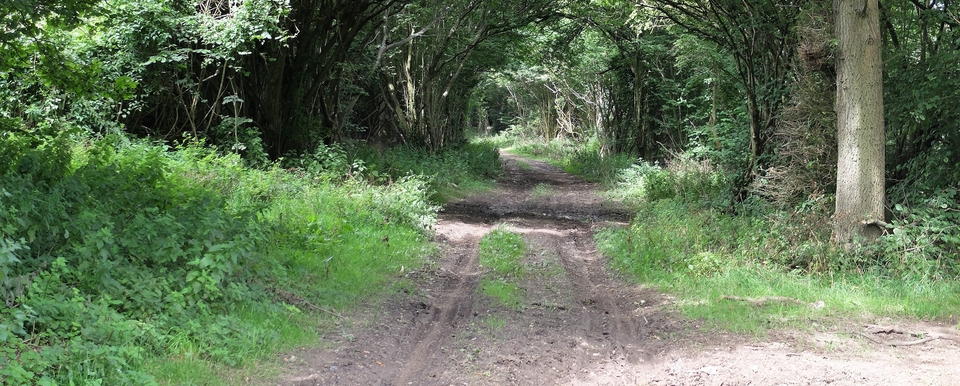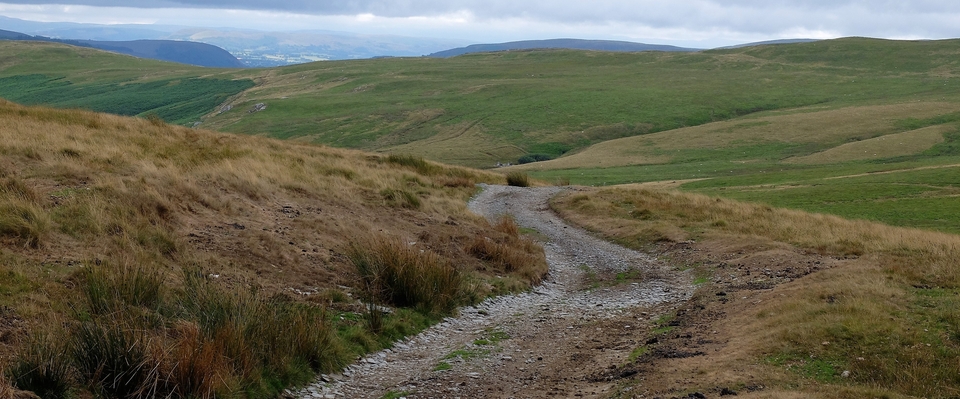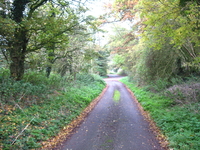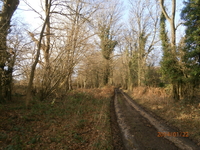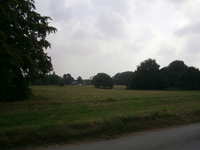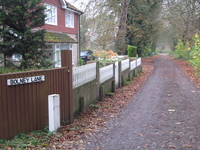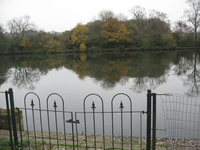Knightsbridge Lane
(I rewrote this article on 14th Jan. after the kind intervention of Ann Cole of the English Place-Names Society. I had asked Ann to point out the errors in my first attempt and am embarrassed to say there were too many for the article to stay as it was. Thank you, Ann!)
Knightsbridge Lane: (December 2020: please refer to Haseley to Pyrton article for more detail about the origin of the name.)
Before “pound locks” became universal on our main rivers at the end of the 18th Century, London barges could sail as far upstream as Henley-on-Thames, but no further. Therefore much of the livestock, hay, farm produce, fuel – the necessities the capital needed from the countryside to keep it going – were brought down Oxfordshire lanes to Henley for loading. The town became rich, and at one point was contributing more tax than Oxford.
One important route to Henley from the north-east was “Knightsbridge Lane”, which, says Ann Cole, had its origins in Hythe Bridge Street (near Oxford Station)1. From Oxford it passed eastwards across Shotover Plain (south of Forest Hill) – good grazing there – before breaking south-east to cross the Thame at Cuddesdon Mill. Thence to Great Haseley, Little Haseley, Clare Hill (SU 674978, #1), Pyrton and up Watlington Hill to Christmas Common. On the way down to Henley it becomes ‘Hollandridge Lane' (#2), joins the tarmac just north of Stonor2 and hurries down the hill via the Assendons (= pack-asses' valley) before merging with The Fairmile that leads into Henley3 .
(In early medieval times the destination may have been different: west of Henley are the villages of Rotherfield Peppard (#3) & Rotherfield Greys; rother is OE for ‘horned beast' and feld is ‘rough pasture'. Henley next? No, almost certainly not: on The Thames two miles south of H-on-T is Bolney Court; Bolney meant “bullocks' landing-place”. That was the original embarkation point for the journey east.)
1 Hyth is Old English for ‘landing-place'.
2 A charter of 987 AD mentions ‘Knightsbridge' running through the middle of the Stonor-Pishill woodland & Pyrton, so the lane must precede the charter. See final paragraph. Also there are two ponds for cattle at Hollandridge Farm (SU726915)
3 Ann has told me many things, but the most unlikely one was the derivation of Phyllis Court, a mansion in Henley: it comes from filithe, meaning ‘hay'.
